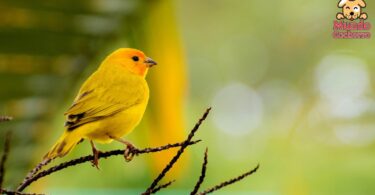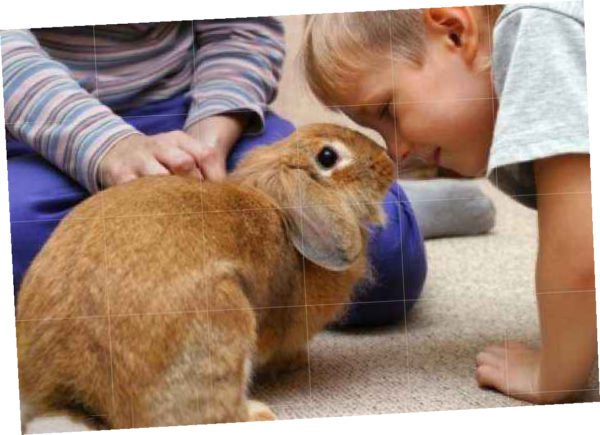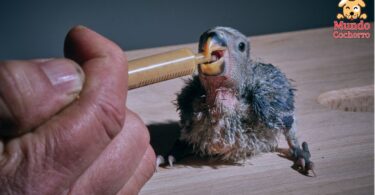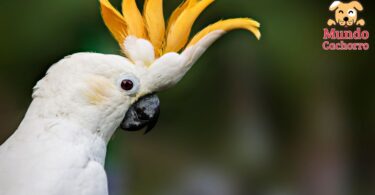Fish ponds are a great way to enjoy nature at home. These can be built on terraces, patios or gardens. However, there are some minimum requirements to achieve good water quality and a suitable environment for fish. In other words, while creating a fish pond can be a beautiful and rewarding project, it also requires careful design and maintenance.
How many species can live together in a fish aquarium?
Tips for creating a fish pond
Starting from scratch to create a fish pond can be a fun project. Of course, there are aspects that you should take into account before you start, so it is worth planning your steps in advance. You can follow the advice given in this post:
- Adequate space: The first thing to consider is the space available in your garden or yard. The pond should be large enough to accommodate the fish and provide them with a healthy environment. A small pond may be suitable for small fish such as goldfish, while larger species such as koi require larger ponds.
- Location: Choose a suitable location for your pond. It should receive sufficient sunlight (at least 4-6 hours of direct light per day) to support aquatic plant growth and fish health. However, it is also important to consider exposure to wind and shade, as this can affect water temperature.
Knowing the best fish species for beginners
- Design and excavation: Design the pond and mark its location on the ground. Make sure the pond has different depths, including deeper areas for fish to shelter from the cold in winter and shallower areas for aquatic plant growth. Excavate the pond according to the design, taking into account the desired depth and shape.
- Lining: Line the pond with a waterproof material, such as a PVC, rubber or concrete liner. This will prevent water from seeping into the soil and keep the pond full.
- Filtration system: Install an adequate filtration system to keep the water clean and healthy for the fish. This may include a mechanical filter to remove suspended particles and a biological filter to break down fish waste.
Goldfish care
- Circulation and oxygenation: A circulation and oxygenation system is essential to provide oxygen to the fish and prevent water stagnation. This can be achieved with water pumps and aeration sources.
- Aquatic plants: Aquatic plants are important to the health of the pond, as they help filter the water and provide shelter for fish. Add plants such as water lilies, water lilies and water hyacinths.
- Suitable fish: Choose fish that are suitable for the size of your pond and the climate of your area. Some common pond fish include goldfish, koi, carp and guppies.
- Feeding and care: Provide a balanced diet for your fish and keep an eye on their health. Avoid overfeeding and perform regular water changes if necessary.
- Predator protection: Consider installing a net or device to protect your fish from birds and other predators.
Image courtesy of https://pixabay.com, all rights reserved.







